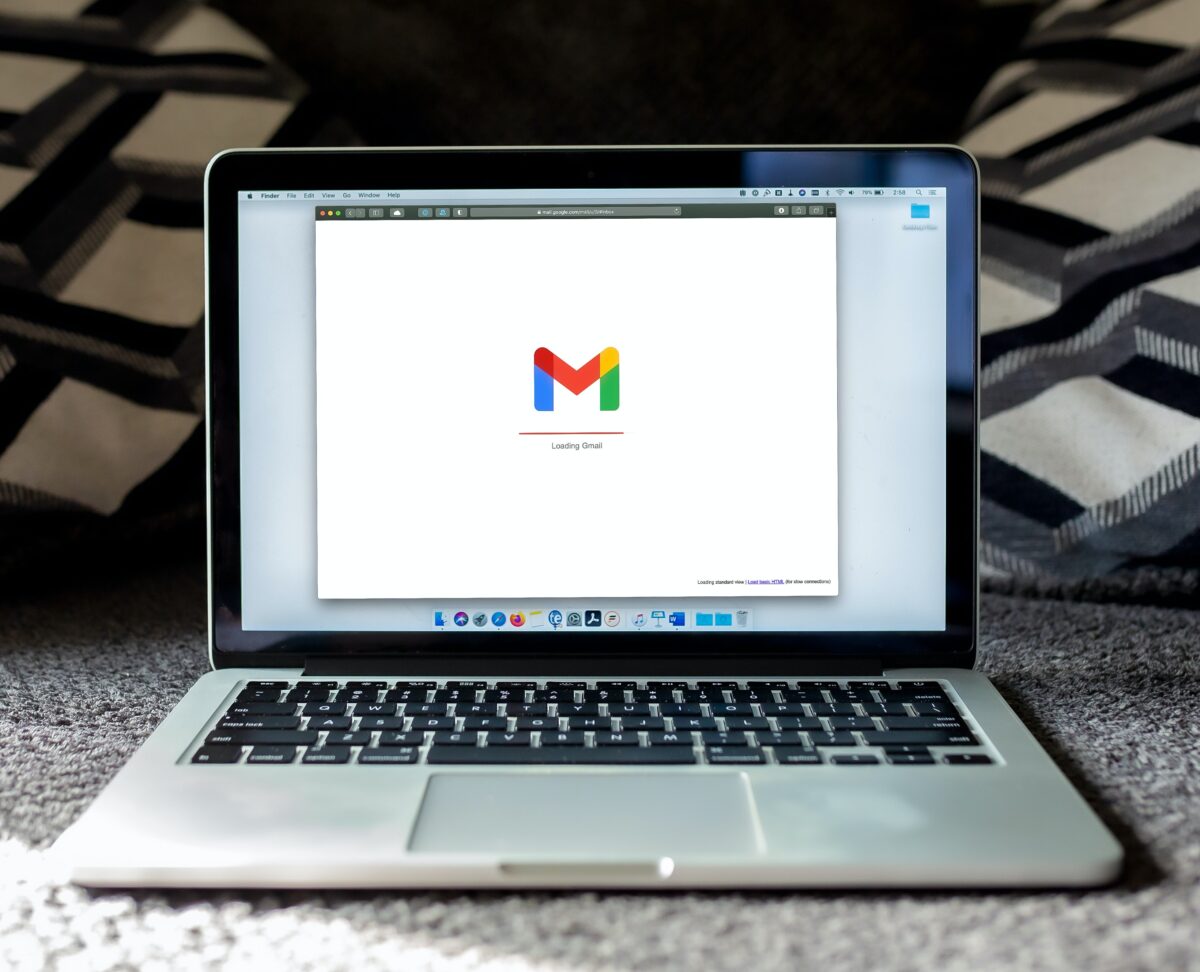The goal is to reduce inbox spam
Google and Yahoo have announced new rules for bulk email senders effective February 2024. The goal is to reduce inbox spam and they are focusing on authentication and the unsubscribe processes in particular.
In February of 2024, Google and Yahoo will permanently block any domain not following these guidelines.
The good news? While it may seem scary, there is no cause for alarm. These new rules are good email practices now being enforced. And, if you’re already following email best practices, there’s not much to worry about.
The biggest impact of these rules is cold email outreach platforms.
DailyStory already enforces all of these guidelines with our customers.
We’ve documented many of these recommendations by Google and Yahoo in our recommendations for email compliance, too.
What is a bulk emailer sender?
Google and Yahoo define bulk emailers as anyone sending more than 5,000 messages per-day to any Google or Yahoo inbox.
Previously it was unclear if this also included Google Workspace domain(s), it does not.
Yahoo has not specifically stated the 5,000 number. Only Google has.
Authenticated sending domain
Bulk emailers are required to implement authentication protocols (DKIM and SPF) for their sending domain.
This is particularly important for senders using a free email address, e.g. somename@gmail.com. You can’t authenticate a domain you don’t own.
Must have your own sending domain
With these new rules, you cannot use a free email domain as your sender address. You are required to purchase your own domain and configure authentication for sending email.
One-click unsubscribes
Google and Yahoo will require all senders to support one-click unsubscribe.
One-click unsubscribe simply means that you click a link in the email and can unsubscribe from there.
Keep unsubscribe simple
The goal is that subscribers should not have multiple steps to unsubscribe from unwanted emails. For example, requiring a login or password reset to unsubscribe.
DailyStory requires an unsubscribe link in all emails and sets unsubscribe headers automatically.
Process unsubscribes within 2 days
And, the new policies from Google and Yahoo require unsubscribe requests to be processed within 2 days. For DailyStory users, unsubscribes are processed immediately.
Stay below the spam rate threshold of 0.3%
This new email policy by Google and Yahoo additionally outlines a spam rate threshold for the sender. Specifically, the reported spam rate stays below 0.3 percent. Yahoo has not announced a spam rate limit yet.
Google’s Postmaster Tools
If you want to learn more about your sending reputation and spam rate, use Google Postmaster Tools. It’s a free set of tools from Google that can help you send better emails.
Google Postmaster Tools determines the Google SPAM rate measurement.
It’s worth noting that these are SPAM reports, not undeliverable bounced emails.
DMARC required for bulk senders
Bulk senders, those sending more than 5,000 emails to a Google or Yahoo inbox per day, must additionally support DMARC.
DMARC is complicated and mistakes can be disastrous. If you need assistance configuring DMARC we can help.
ARC required for email forwarding
Google states that “senders use ARC authentication, especially if they forward email regularly.” We are not covering ARC in this article as it typically does not apply to our customers.
Preparing for the new deliverability guidelines
The good news is that Google and Yahoo’s new requirements are best practices that most ESPs already recommend.
Below are some recommendations for making sure you are ready.
Follow recommendations for warming up sending IP addresses
Google outlines multiple recommendations around sending volume. These are especially important when warming up your sending IP address or sending to recipients infrequently. But it also applies to sending emails to recipients you send to infrequently.
Domain authentication is a good best practice and now required
Setting up domain authentication with DKIM, SPF, and DMARC is a best practice not only for deliverability but to prevent email spoofing and phishing.
Keep your SPAM rate low
There are a few simple steps you can take to avoid the junk folder and reach the inbox.
Use double opt-in
Requiring subscribers to double opt-in stops bot attacks in their tracks, preventing dangerous email addresses called “spam traps” from making it onto your list. It also prevents hard bounces by not importing addresses with typos and weeds out anyone who isn’t genuinely interested in your message
Verify your email list
Routinely submit your email list to validation services such NeverBounce or Really Good Data. Not only do these services validate the email addresses, but they can check for spam traps, too.
Maintain a clean email list
It’s important to routinely review your email list and categorize email addresses as engaged or unengaged. Keeping a clean email list is a best practice regardless of these new requirements by Google and Yahoo.
It’s safe to assume that people who don’t open your emails aren’t that interested. They also take up space in your list and negatively impact your metrics. Remove inactive subscribers to maintain proper list hygiene
Avoid known SPAM words in your email
When writing your emails try and avoid common blocklist words and phrases. These are words and phrases that can trigger SPAM filters.
In conclusion
The upcoming changes in email-sending policies by Google and Yahoo intend to make inboxes safer and for emails to be more relevant to the recipient. We recommend reading the guidance provided by Google and Yahoo and following the recommendations in this article.

